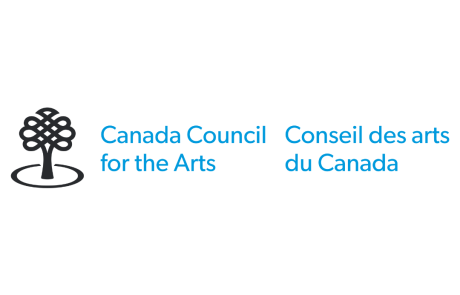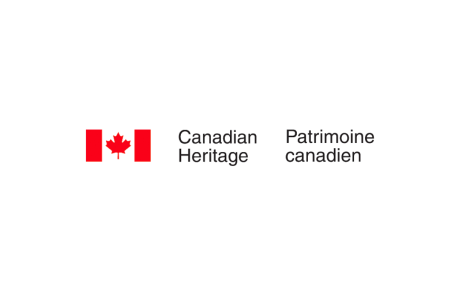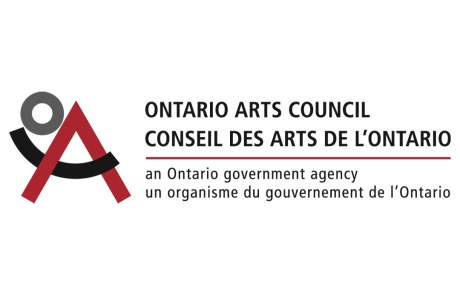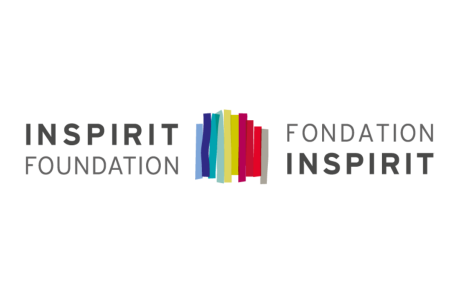Audiovisual Cartographies For Decolonial Imagination In Elena Pardo’s Pulsos Subterráneos / Underground Pulses
By Manuel Carrión Lira
Pulsos Subterráneos / Underground Pulses (2019-2023) is a multidisciplinary project led by Elena Pardo, whose communities and collaborators are part of a long story of good relationships and allyship with the author. Pardo started collaborating with Campamento Audiovisual Itinerante (CAI) in 2012, participating in film workshops for Indigenous communities of Oaxaca. Similarly, since 2000 Pardo has been visiting Zacatecas because of friends and work. Both of these territories comprise the main characters/landscapes of Pulsos Subterráneos / Underground Pulses. In the artists website the project is described as “a subjective recording in 16 mm of the experiences of defense and resistance in the territory, culture and life of two communities in Mexico: Vetagrande in Zacatecas and Capulalpam in Oaxaca, facing the mining business.(1)” Pulsos Subterráneos / Underground Pulses proposes a critique of extractive capital in Mexico, specifically in relation to the impacts on Indigenous and rural communities of these areas.
The expanded cinema performance of Pulsos Subterráneos / Underground Pulses that Pardo showcased on Saturday May 27, 2023, at PIX FILM gallery, communicated with much potency the impact of mining for the territory and for human life. By using three projectors she was able to defy the limits of the projection curtain to invade the whole space, even touching some faces and bodies with the beam of light. In some cases, the many greens of a forest would populate the space, centering our view on the mining activity. However, when discussing this work with Pardo, she explained how the project is more than an expanded piece with performance components, it was transformed into a community archive project. She explained how this archival component of the project became a need for the community. There was so much to say and so much to share that the web page became an archive of community dissent against large scale mining that can be of use not for aesthetic purposes for the film industry but for real resistance and organizing for the struggle (see: https://pulsossubterraneos.com).
Instead of stopping at the film production, she crosses a boundary to enter the multimedia and transmedia realm of audiovisual production because of the political need of the communities she engaged with good relations. This web documentary expands its limits to become an audiovisual psycho-cartography of mining extractivism that shows concerns, attitudes, utterances, and topics that populate the human and non-human life in these two territories. The web page organizes the territories in a particular way, making use of collage and some baroque aesthetical resources. There is the above and the underground world, where you can navigate by following animations, sounds, and words. The diverse topics that compose the cartography include community organizing, medicinal plants, religion, artisanal mining, love for mining, destruction of towns, biodiversity, explosions, and many, many more. The relationships between the diverse videos is not made clear at first, as an audience we have to build our narrative to get a complex understanding of mining and the specific relationship that these communities hold with the territory.
Pulsos Subterráneos / Underground Pulses defies the liberal artist savior narrative by offering not only a critique to extractivism or extractive capital, but by centering beauty, joy, and good relations with the land. And one of these good relations can also be artisanal mining. The difference is materialized in the specific mode of production and the impact this creates for the local community. Extractivism is characterized by dispossession through large amounts of raw matter extraction that is processed abroad, and it is one of the material conditions for the continuation of the colonial difference between Global North/Global South. Extractive capital is the update of primitive accumulation through imperial financial relationship between transnational capital from the Global North and nation states of the Global South. When Pardo and the many collaborators of Pulsos Subterráneos / Underground Pulses refuse to comply only with the expectation of creating a film, they are carving a generative space to make use of the position of the artist/filmmaker to amplify a message, a concern, a complaint.
Both the web documentary and the live expanded performance manage to juxtapose the real horror that extractivism creates in many places with the joy of having good relationships with the land. However, in many cases the selection of images screened live differs from the ones shown on the web, and the testimonies are only available on the web. By creating this distance between orality and film performance, Pardo refuses to use narrations to create effects on the audience when performing, and instead she offers an hallucinatory and territorial visual space to reflect on the relationship that all of us have, somehow, with mining and destruction.
This multidimensional refusal strategy creates a decolonial option for film practice that is not in the service only of finding the best and most attractive images, but is further occupied with protecting, concealing, offering, and negotiating. Similarly, the web functions as an archive that honors the testimonio tradition of Latin America, containing elements for crafting an audiovisual cartography of dissent against extractivism that can even serve as inspiration or a model for other similar experiences and efforts across the world.
1.Pulsos Subterráneos es una grabación subjetiva en 16 mm de las experiencias de defensa y resistencia en el territorio, la cultura y la vida de dos comunidades en México: Vetagrande en Zacatecas y Capulalpam en Oaxaca, que enfrenta el negocio minero.
 Elena Pardo is a maker, explorer, and advocate of the moving image. Her cinematic work spans
Elena Pardo is a maker, explorer, and advocate of the moving image. Her cinematic work spans
documentary, animation, installation, and live performance. She recently completed Pulsos Subterráneos[“Underground Pulses”], an expanded cinema and web documentary project funded with support from the
Sistema Nacional de Creadores de Arte / FONCA. She is co-founder of the Laboratorio Experimental de
Cine (LEC), an artist-run project begun in 2013 and designed to build a community of filmmakers and
audiences interested in experimental film through production, training, and film screenings. Elena is a
collaborator in training programs for the Campamento Audiovisual Itinerante and JEQO (a women’s film
school), where she shares knowledge and tools relating to audiovisual creation with youth and diverse
communities across Mexico.
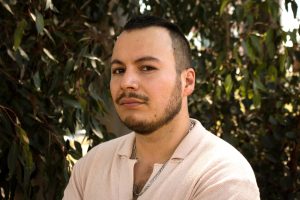 Manuel Carrión Lira (he/they) is a Pikunche researcher, video-artist, and curator from Pikunmapu/Qullasuyu (Quillota, Chile). They are a PhD Candidate in Cultural Studies in Department of Literature at the University of California San Diego. Manuel holds a M.A. in Latin American Art, Thought and Culture from the Instituto de Estudios Avanzados at Universidad de Santiago de Chile, and a B.A. in Design at Universidad de Valparaíso. Member of the Catrileo+Carrión Community, where they have collectively published the books “Poyewün Nütramkan Pikunmapu/Qullasuyu” (2020), “Poyewün witral: bitácora de las tejedoras de Neltume” (2019), “Torcer la palabra: escrituras obrera-feministas” (2018) and “Yikalay pu zomo Lafkenmapu” (2018). Manuel is part of the Global Center for Advanced Studies Latin America Collective. Manuel’s work focuses on Indigenous Media at the intersection with Trans-indigenous/Transnational kinship networks beyond the nation-state framework, all of this with special attention to queer/trans/2S/epupillan Indigenous cultural production.
Manuel Carrión Lira (he/they) is a Pikunche researcher, video-artist, and curator from Pikunmapu/Qullasuyu (Quillota, Chile). They are a PhD Candidate in Cultural Studies in Department of Literature at the University of California San Diego. Manuel holds a M.A. in Latin American Art, Thought and Culture from the Instituto de Estudios Avanzados at Universidad de Santiago de Chile, and a B.A. in Design at Universidad de Valparaíso. Member of the Catrileo+Carrión Community, where they have collectively published the books “Poyewün Nütramkan Pikunmapu/Qullasuyu” (2020), “Poyewün witral: bitácora de las tejedoras de Neltume” (2019), “Torcer la palabra: escrituras obrera-feministas” (2018) and “Yikalay pu zomo Lafkenmapu” (2018). Manuel is part of the Global Center for Advanced Studies Latin America Collective. Manuel’s work focuses on Indigenous Media at the intersection with Trans-indigenous/Transnational kinship networks beyond the nation-state framework, all of this with special attention to queer/trans/2S/epupillan Indigenous cultural production.


